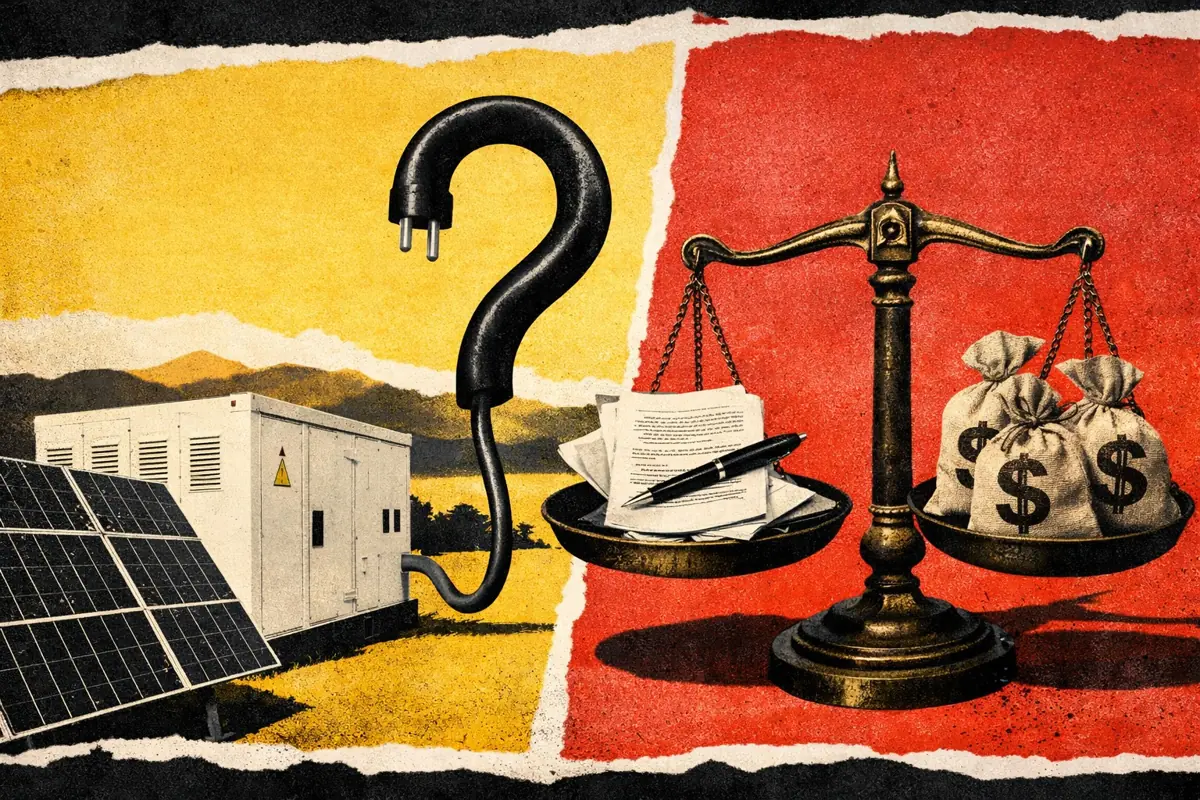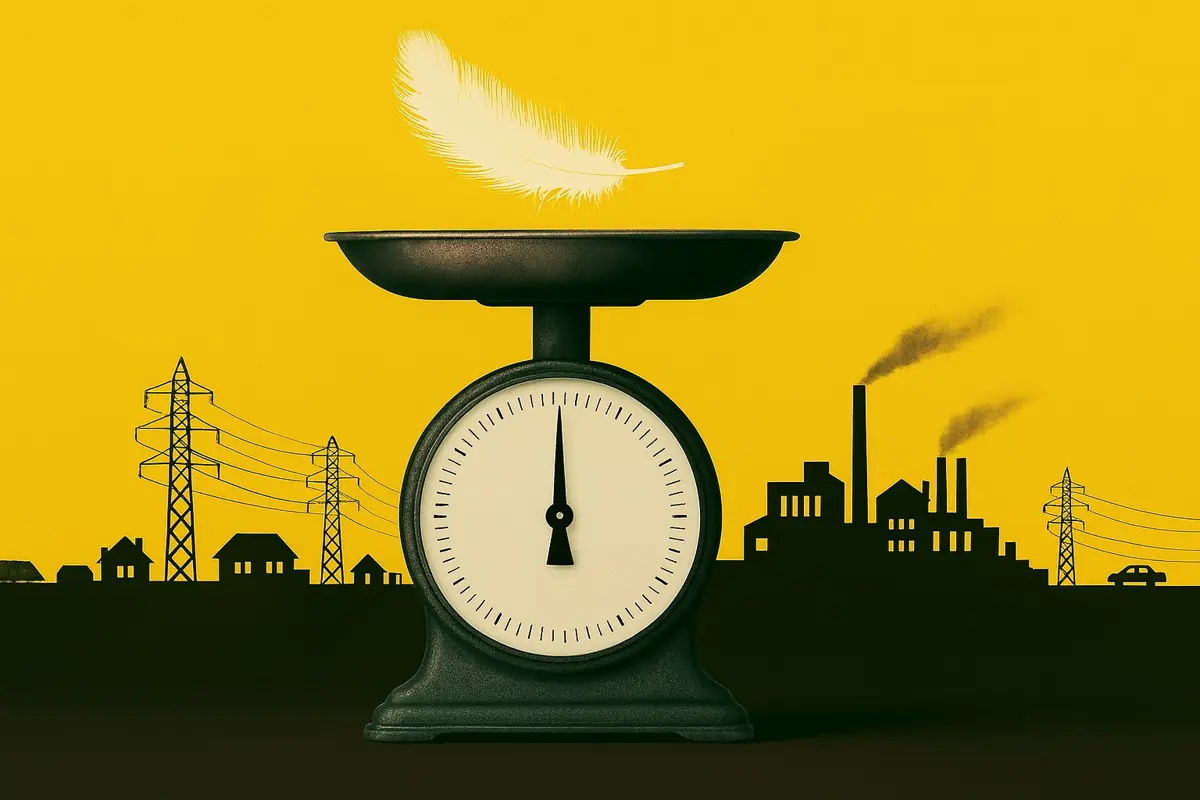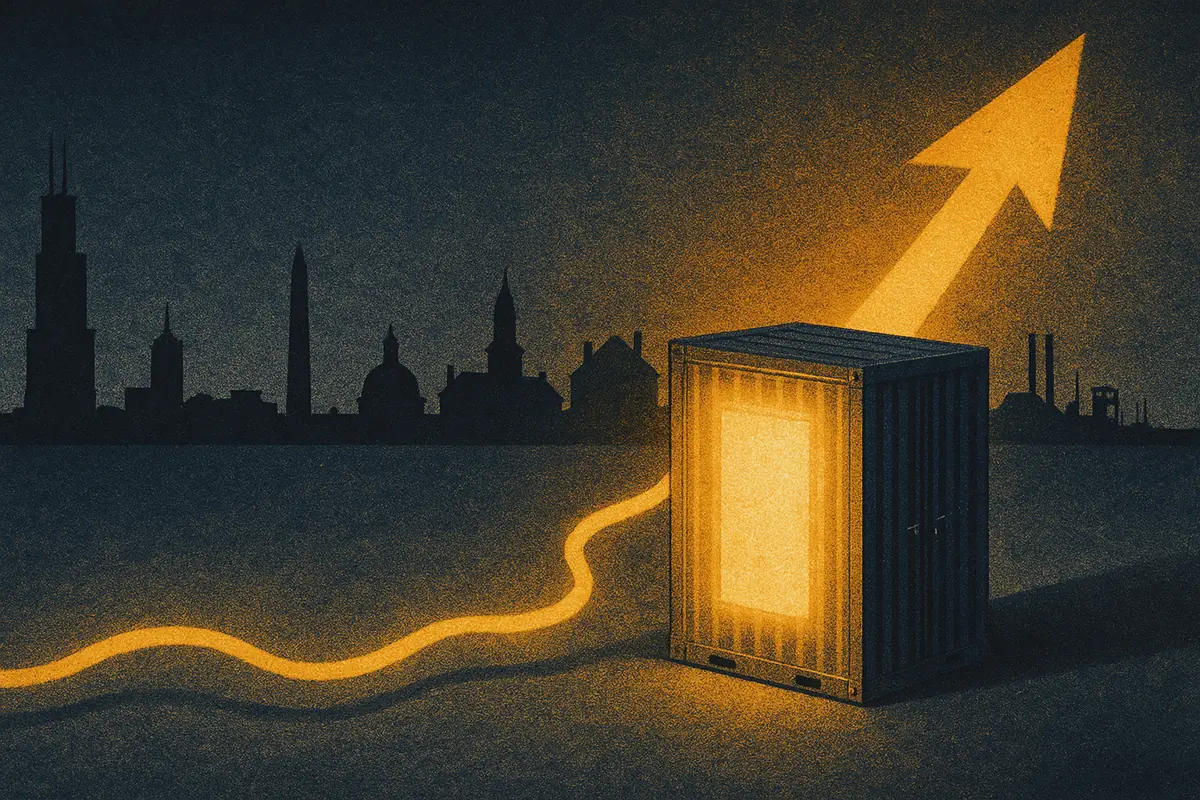What does a Labour government mean for battery energy storage?
On 4th July 2024, the United Kingdom elected Labour to lead a new government. Their manifesto commitments included an acceleration of net-zero commitments, with greater renewable capacity by 2030. But if these commitments are met, what impact could this have on power prices and battery energy storage revenues?
Labour have committed to increase renewable capacity to 140GW by 2030
Labour has two flagship energy policies in its manifesto. The first is a commitment to a net zero power grid by 2030. The second is the creation of Great British Energy. This would provide £8 billion in funding to renewable energy projects over the next 5 years.

Alongside these commitments, Labour has set specific capacity targets for renewable energy capacity. They aim to double onshore wind capacity, triple solar, and quadruple offshore wind capacity by 2030.
This would result in 140GW of renewable generation by 2030, 43% more than in Modo Energy’s current central forecast scenario. There are no specific commitments regarding battery energy storage.

In our modeling, we have considered the impacts of these accelerated capacity targets alone. This is instead of modeling what would actually be required to actually meet net zero by 2030, or the potential impact of increased funding on renewable buildout.
Gas CCGT generation decreases as Britain exports more power
The acceleration in renewable capacity buildout is mostly likely to be incentivized through an expansion in Contract for Difference (CfD) contracts. Renewable generators operating under the CfD effectively have a marginal cost of zero. Because of this, they can outcompete most other generation types within the wholesale market, resulting in total renewable generation increases of 61 TWh in 2030.

An increase in renewable generation causes gas CCGTs to run for fewer hours, and changes interconnector flows - reducing imports and increasing exports. Generation from other thermal generators, such as Drax, also decrease.
Average wholesale power prices fall, while spreads remain similar
By 2030, the average power price is 47% lower than in our baseline scenario as low-cost renewable generation meets a greater proportion of demand. A portion of this reduction will be offset for consumers by an increase in the cost of the Contracts for Difference scheme.

Average price spreads, measured as the difference between maximum and minimum power prices each day, increase in the short term. This is because gas CCGTs continue to set the peak prices at times of high demand, while renewables depress minimum prices.
However, by 2030, enough renewable capacity is online to begin to demand at peak times, eroding average daily price spread. This leads to a reduction in price spreads of 8% in 2030.
Battery energy storage revenues increase by 4% with accelerated renewable buildout
For a two-hour, two-cycle battery in the East Midlands, discounted revenues up to and including 2030 increase by 4%. This is due to an increase in wholesale spreads in the near term, as well as an uplift in Balancing Mechanism and ancillary services value.

Balancing Mechanism dispatch rates increase to 11% in the East Midlands under the Labour scenario, versus 9% in the baseline. More intermittent renewable generation increases the need for system balancing from battery energy storage.
Uncertainty remains about how these targets will be met
It remains to be seen how Labour plans to achieve these ambitious capacity targets and whether they will be sufficient to decarbonize the grid by 2030. The most likely route is an expansion of the Contracts for Difference scheme, with budgets for Allocation Round 6 set to be confirmed shortly.
A continuation of grid connection reform will also be key. This is alongside additional reform to planning, investment in transmission and other supporting infrastructure, and an expansion of the workforce.
The impact on consumer bills, which might ultimately direct policy, will further depend on how these targets are met. Additional renewable capacity will likely be at least partially subsidized. It will require both an expansion of the transmission network and more grid balancing. All of these costs feed through to bills, alongside wholesale prices.







